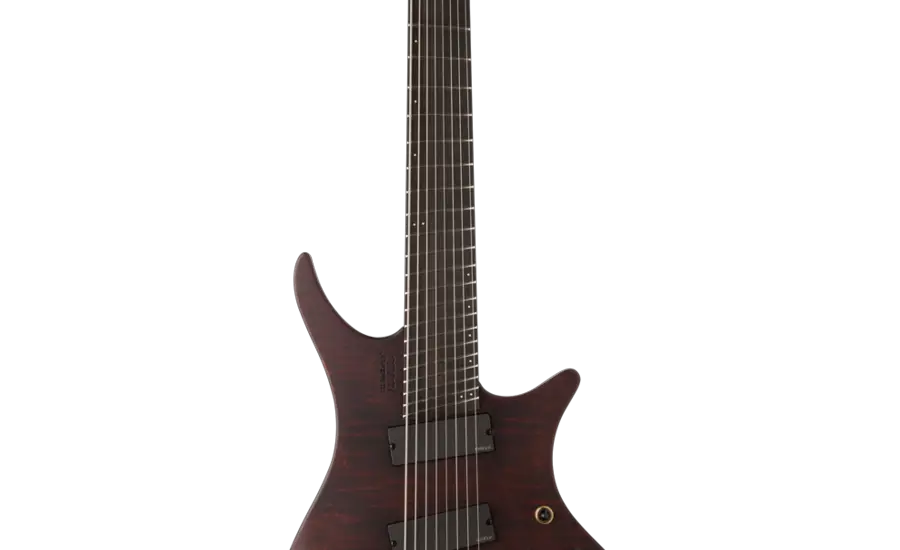If you’re wondering why a headless guitar has been capturing attention lately, you’re in the right place. This comprehensive guide will walk you through the various aspects of choosing a headless guitar, helping you decide whether it’s the right fit for you.

What is a Headless Guitar?
A headless guitar is a type of guitar that lacks the traditional “head” or tuning pegs at the end of the neck. Instead, the tuning system is located at the bridge of the guitar.
Benefits of a Headless Guitar
- Lightweight: One of the first things you’ll notice is that a headless guitar is significantly lighter than its headed counterpart.
- Portability: The absence of a head makes it easier to carry around, particularly when traveling.
- Better Sustain: Many musicians believe that a headless guitar offers better sustain and sound quality.
Read more guitar topics here – Guitar Questions: Get the Right Answers to Your Burning Questions
Drawbacks of a Headless Guitar
- Learning Curve: If you’re accustomed to traditional guitars, you might find the headless variant a bit challenging initially.
- Price: Headless guitars can be more expensive than traditional models due to specialized hardware.
How to Choose a Headless Guitar
When considering why a headless guitar could be for you, consider the following steps:
- Identify Your Needs: Are you looking for portability, better sound, or perhaps both?
- Test Different Brands: Always play a few different brands and models to compare.
- Check Reviews: Look up reviews and consult professionals to make sure you’re making an informed choice.
Why a Headless Guitar: Final Thoughts
Understanding why a headless guitar might be right for you involves considering both its advantages and disadvantages. By following this guide, you’ll be well-equipped to make an informed decision.